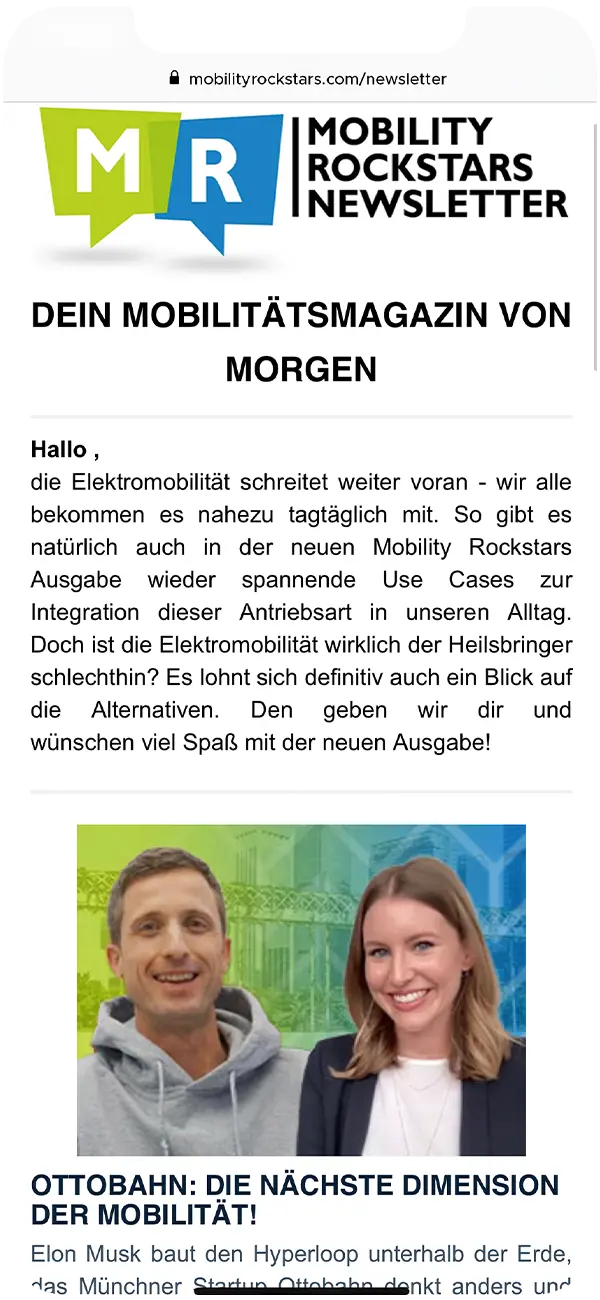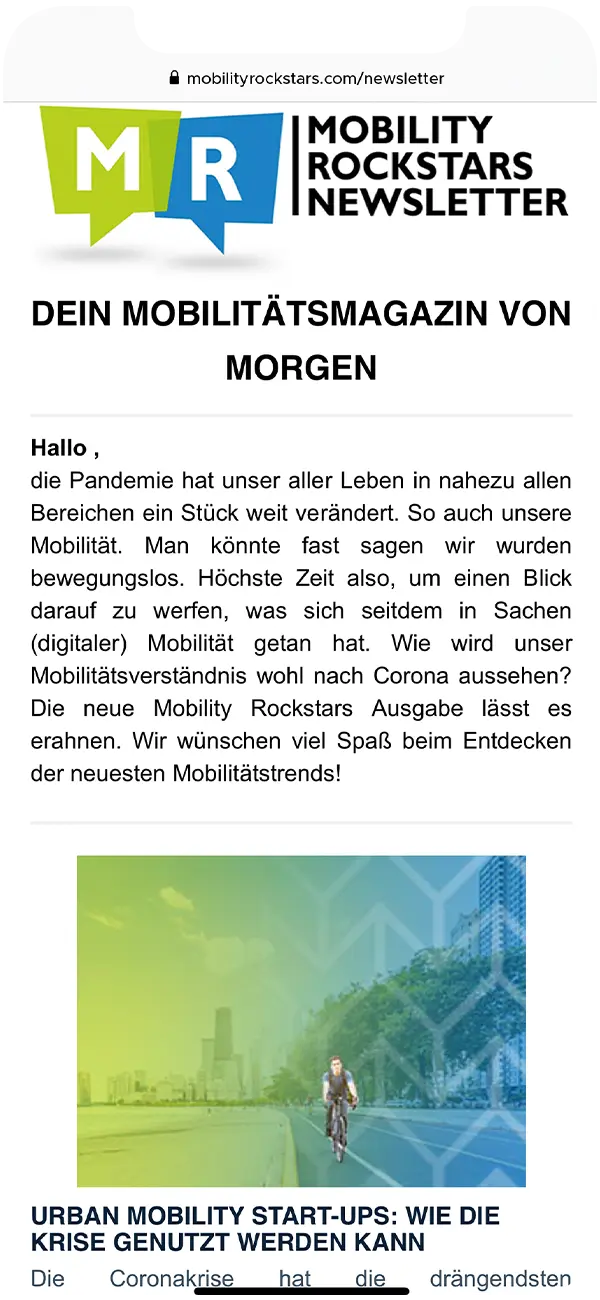Big Data Analytics: Automated Error Analysis 2022
Cognizant Mobility supports Audi in the area of Data Science with its know-how grown from experience and sovereignty. This article reveals how exactly your idea also receives help from Cognizant Mobility Vision.

Uwe
Data Science Professional
18.09.21
Ca. 3 min
Big Data Analytics: Identifying misbehavior in complex IT systems is an arduous task.
As drivers and users of mobility services, we trust that no vehicle will reach the market whose faults have not been completely eradicated. And that’s where the challenge lies, because when a failure occurs, it’s important to figure out which of the thousands of sensor data and conditions were responsible.
If we now consider that all data and variables can occur in any combination in reality, it becomes clear what difficulties software developers are confronted with. Finding patterns and conspicuous features is thus like the proverbial search in a haystack.
As an experienced data engineer, you know that powerful analytics frameworks like Apache Spark can be used for such tasks. Applying such frameworks on a daily basis, across many departmental boundaries, presented Audi with a major problem because time series analysis is time consuming and data handling is often manual. Cognizant Mobility IT experts led by Angelique Jakob found the solution by developing a tool specifically for this purpose.
This is how automated error analysis through Big Data Analytics works
It succeeded in aggregating best practices from Apache Spark into intelligent functions for Audi’s recurring use cases. These easy-to-use library functions can be used to search for patterns and events in large amounts of data across departments with little effort. Whether local maxima, rising/falling edges or other examples of anomalies in the time series – they can be found much more easily and their effects on other variables can be traced.

As elegant as these library features currently are, their future development will be exciting. This is because the Cognizant Mobility team is already working internally on solutions to fully automate error analysis. Without human assistance, similarities in signals and variables are to be grouped together using various clustering techniques, as it is called in technical jargon. As abstract as it may sound, this would actually enable the software in the car to correct itself.
Our Competencies in Big Data Analytics In A Nutshell:
- Pattern Recognition
- Time series analysis
- Cluster procedure
- Apache Spark







